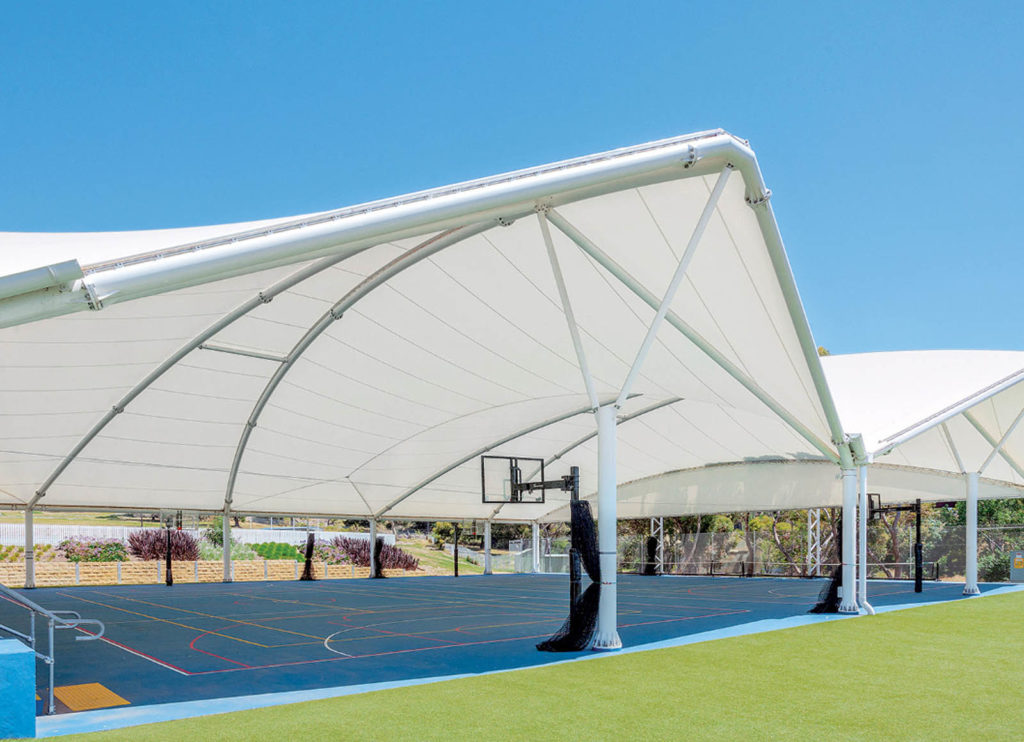Cellulose film could lower buildings’ energy use
August 1st, 2023
Researchers hope the cooling cellulose film can one day be applied to buildings and cars, to require less energy to keep them comfortable. Photo: Qingchen Shen Keeping buildings cool typically means releasing greenhouse gases. Researchers from the University of Cambridge in England recently unveiled a bio-based cellulose film that gets cooler when exposed to sunlight […]
Oeko-Tex Association releases annual updates
January 10th, 2022
Oeko-Tex Association has released its annual updates to test criteria, limit values and requirements. In addition, its new Impact Calculator is now available for STeP by Oeko-Tex customers. The industry-specific tool will provide carbon and water footprint data essential to meeting climate goals. Later in 2022, Oeko-Tex will also introduce a new certification for corporate […]
New textile solutions for thermal management
December 1st, 2021
Coolwave's shape-shifting technology creates a true bidirectional thermal textile. The Coolwave technology opens or closes the fabric's pores to cool or warm the wearer. Photo: Faye Levine, University of Maryland. Life on Earth—as we know it—would not be viable without managing the temperature levels of our personal climates, our environments and the perishable materials we […]
Covering climate change
July 1st, 2021
The MakMax TensoSport Sports Canopy is designed to provide protection to large-court sporting facilities, such as tennis or basketball (shown here). The canopies are fabricated with high-translucency architectural-grade PVC fabric with PVDF coating, or with high-translucency, long-life PTFE woven fiberglass with fluropolymer coating. Photo: MakMax Australia Pty. Ltd; photographer: Grant Kennedy, We Shoot Buildings. Broiling […]
Geosynthetic solutions
May 1st, 2015
Combatting climate change and drought to provide drinking water from ocean water. By Pat Elliott Climate changes and drought have prompted major coastal cities in Australia, and worldwide, to construct desalination plants large enough to provide major populations with rainfall-independent sources of drinking water. In July 2009 the Australian state of Victoria signed a $3.5 […]
 TEXTILES.ORG
TEXTILES.ORG






